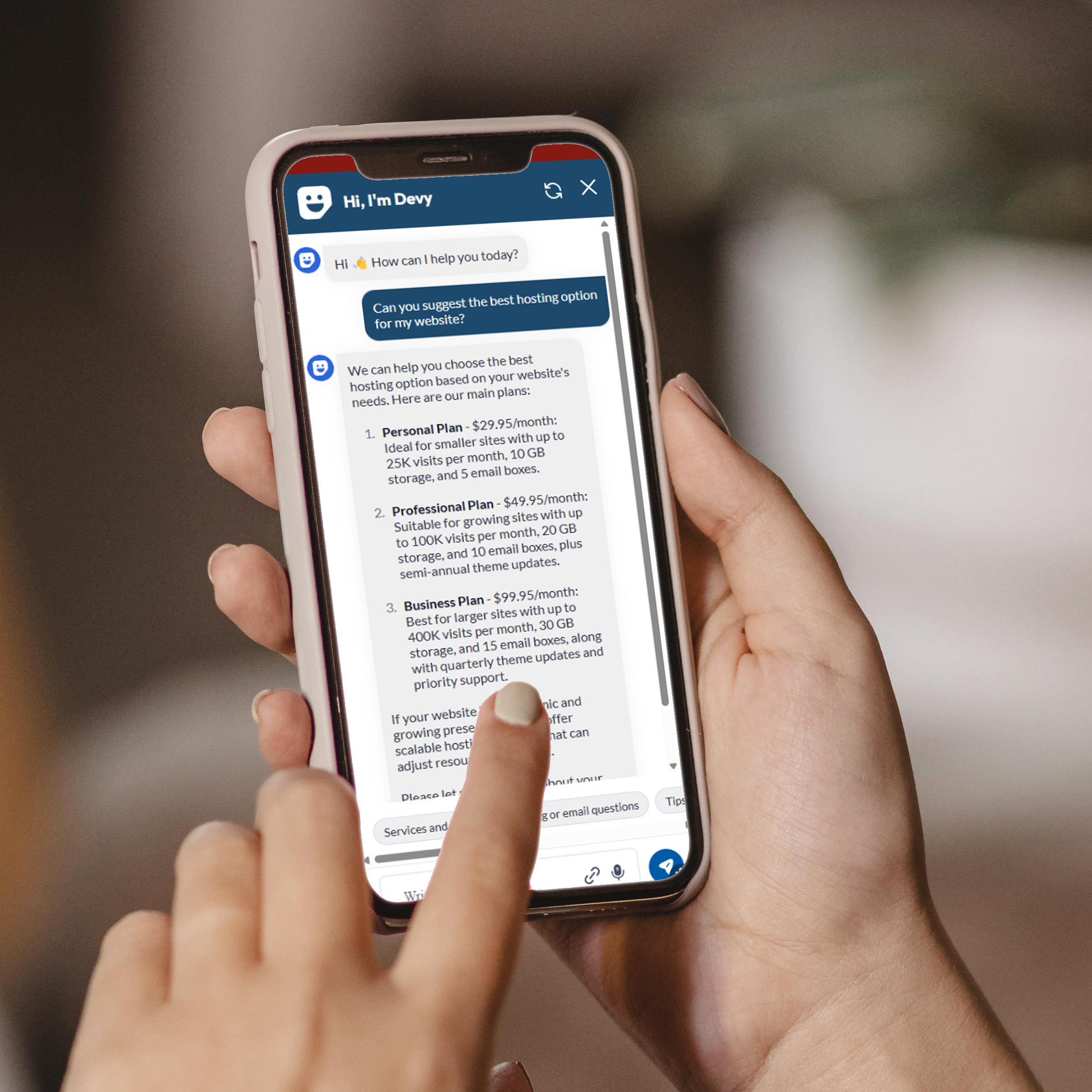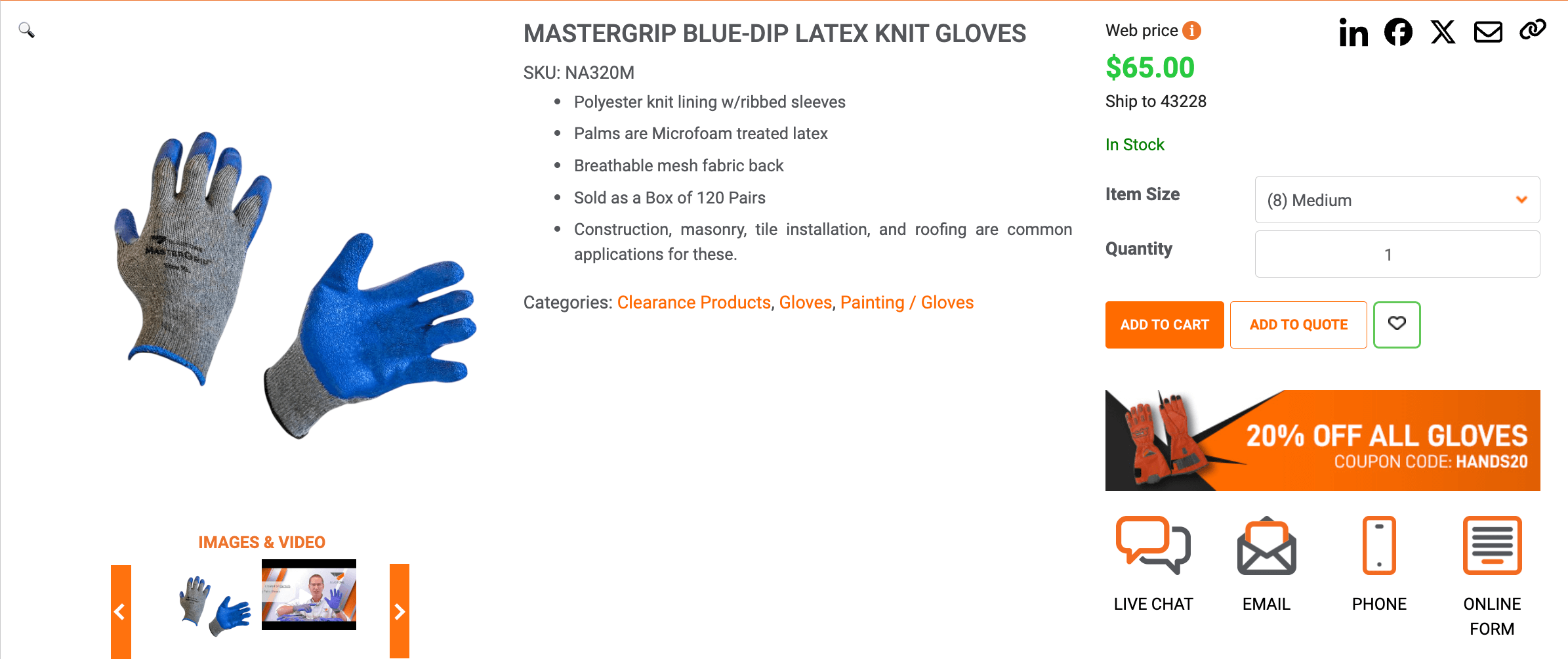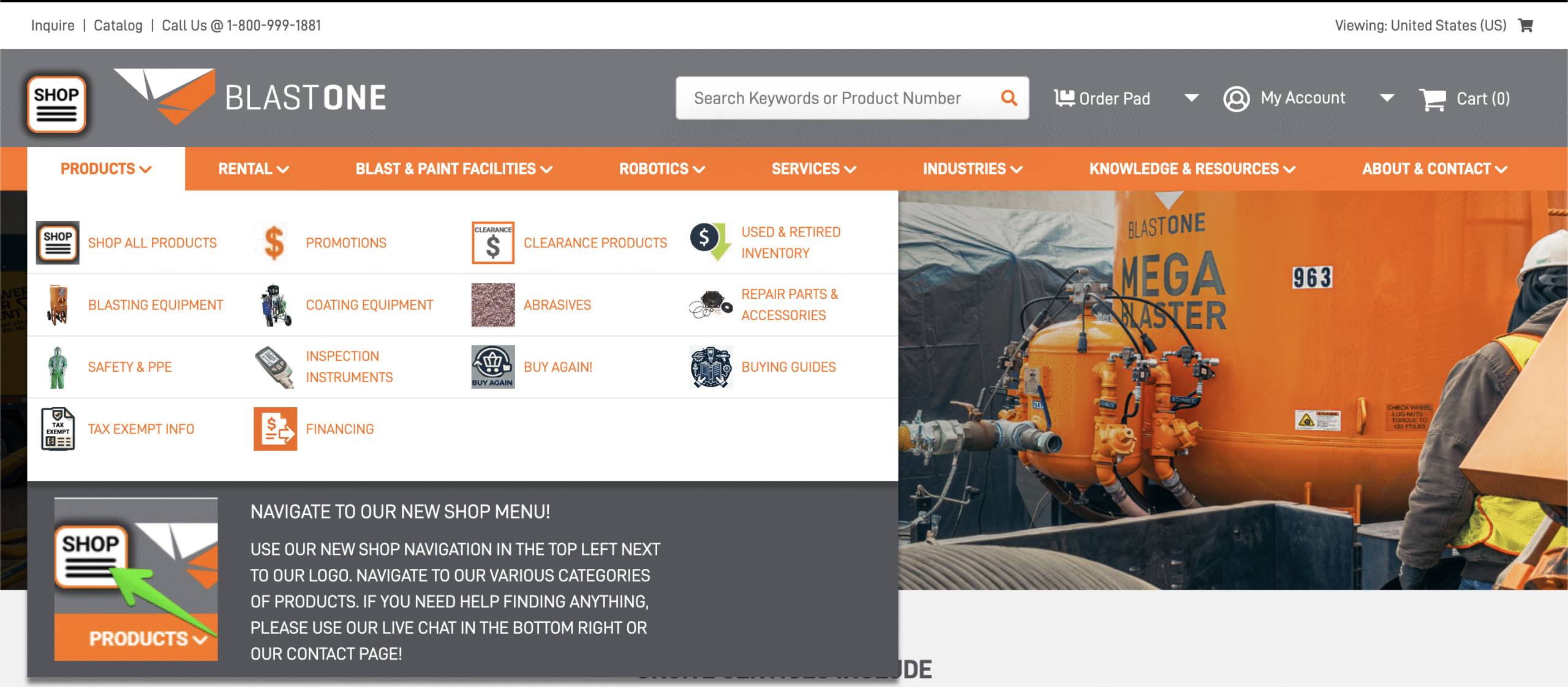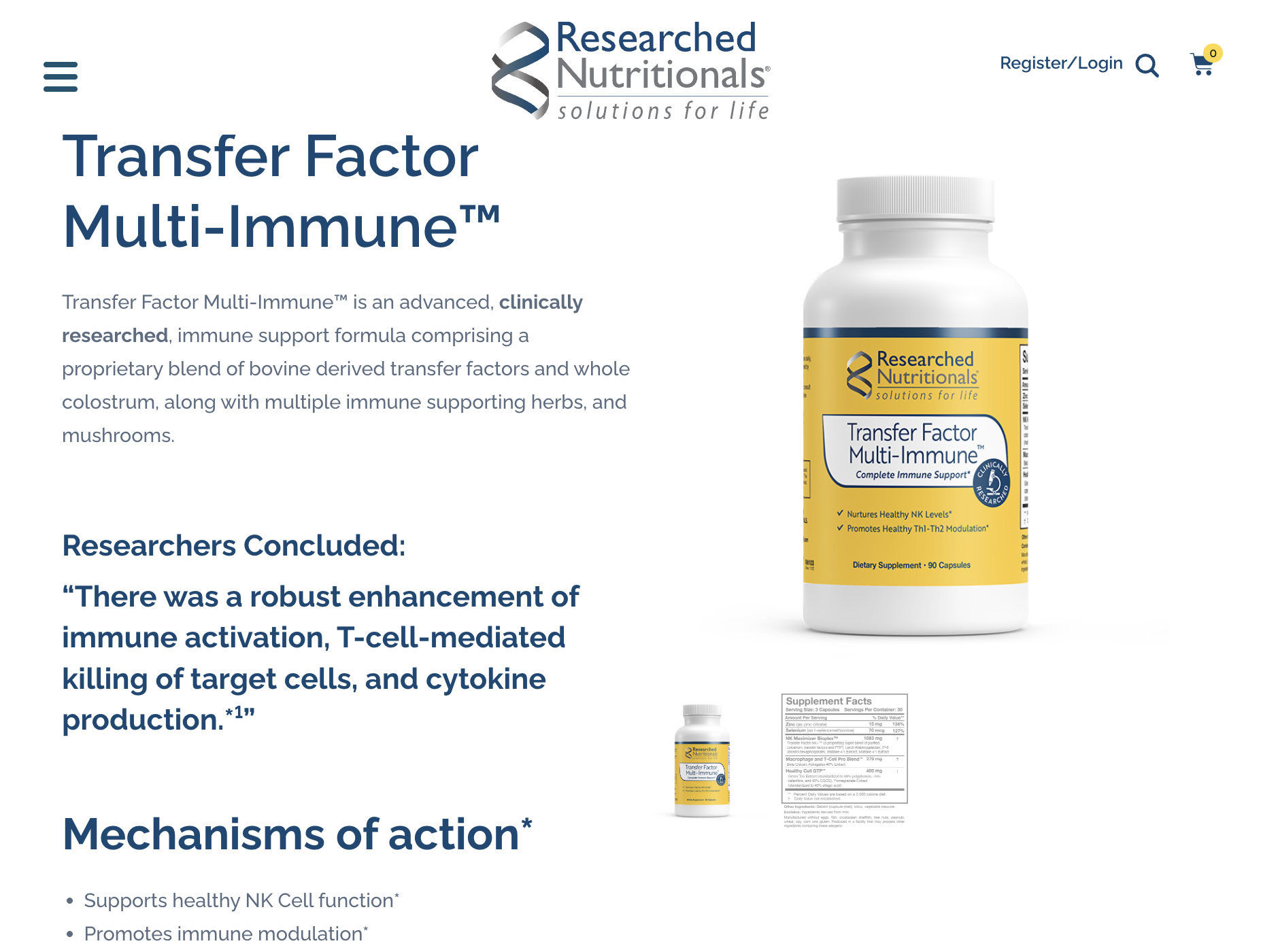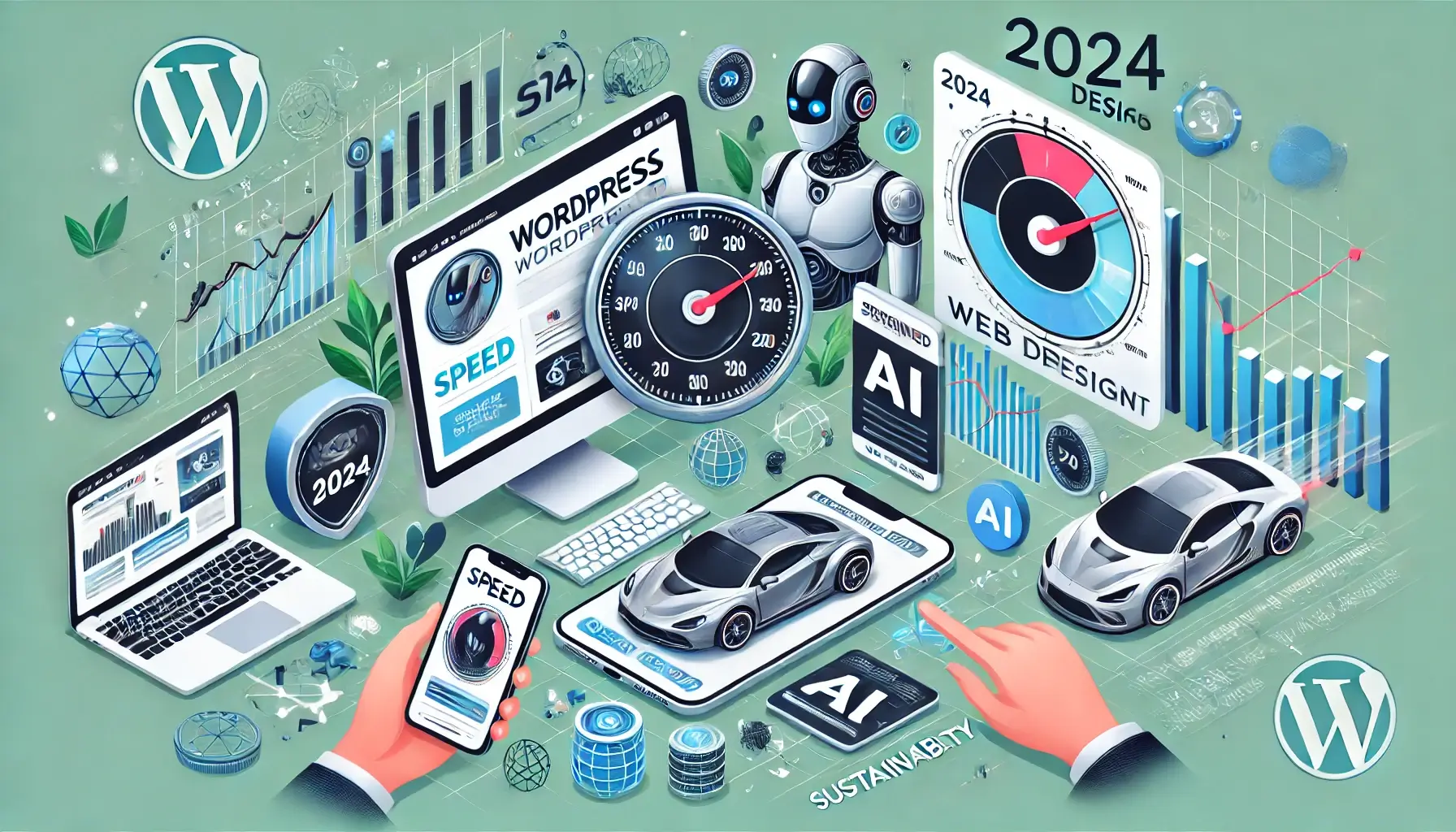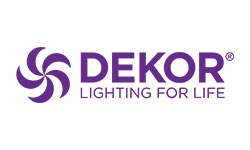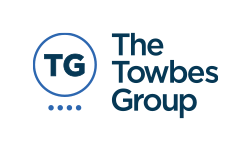For online stores built with WooCommerce, staying one step ahead of fraudulent activity is not just about protecting your revenue—it’s also about safeguarding your customers’ trust and your brand’s reputation.
While WooCommerce is a powerful and secure platform, no system is entirely immune to the growing tactics of online fraud. The good news? There are clear and proactive steps you can take to prevent fraud and respond effectively if it happens.
In this post, we’ll walk you through what WooCommerce fraud looks like, how to prevent it, and how NDIC can help ensure your store stays safe and successful.
What Is WooCommerce Fraud?
Commerce fraud refers to unauthorized or deceptive activities in an online store, typically targeting transactions, customer data, or payment methods. In WooCommerce, this can take several forms, many of which can be automated by bots or carried out manually by individuals with malicious intent.
It’s important to note that fraud prevention isn’t about being suspicious of every shopper—it’s about creating smart systems that reduce your store’s vulnerability without hurting the user experience.
Common Types of WooCommerce Fraud
Here are some of the most frequent types of fraud WooCommerce store owners may encounter:
1. Chargeback Fraud (Friendly Fraud)
A customer purchases a product or service, receives it, and then disputes the charge with their credit card provider to get a refund—effectively getting the product for free.
2. Identity Theft
Stolen credit card information or personal details are used to make unauthorized purchases.
Phishing or Spoofing Scams
Fake checkout pages or emails are designed to trick customers into sharing their payment details.
3. Card Testing
Fraudsters use WooCommerce sites to test the validity of stolen credit cards by making small transactions before launching larger fraud attempts elsewhere.
4. Automated Bot Attacks
Bots attempt login brute-force attacks or automatically place fake orders, sometimes overwhelming your system or inflating metrics.
How to Prevent WooCommerce Fraud
Prevention is all about having the right tools, processes, and awareness in place. Here are effective strategies WooCommerce store owners can implement:
1. Use Secure Payment Gateways
Choose payment processors like Stripe, PayPal, or WooPayments. These providers offer built-in fraud protection tools, such as machine-learning detection systems and automatic dispute resolution support.

2. Enable Strong Security Plugins
Install trusted security plugins like:
- iThemes Security – This is our go to plugin in NDIC.
- Wordfence Security
- Sucuri Security
These can help block suspicious activity, scan for malware, and limit login attempts.
3. Add CAPTCHA and Rate Limiting
Protect your checkout and login pages from bots using Google reCAPTCHA and rate-limiting plugins to stop brute-force attacks.
4. Use Anti-Fraud Plugins
Consider plugins such as:
- FraudLabs Pro
- WooCommerce Anti-Fraud by YITH
- Stripe Radar (built into Stripe)
These tools evaluate transaction risk based on geolocation, IP behavior, billing/shipping mismatches, and more.
5. Monitor Unusual Order Patterns
Train your team to flag:
- Very large orders from new customers
- Mismatched billing/shipping details
- Unusually fast repeat purchases
Responding quickly can often stop fraudulent transactions before they’re fulfilled.
6. Keep Software Updated
Always run the latest version of WooCommerce, WordPress, and your plugins. Updates often include important security patches. Let us know if we can help with our NDIC plugin reliability review to ensure optimal site health.
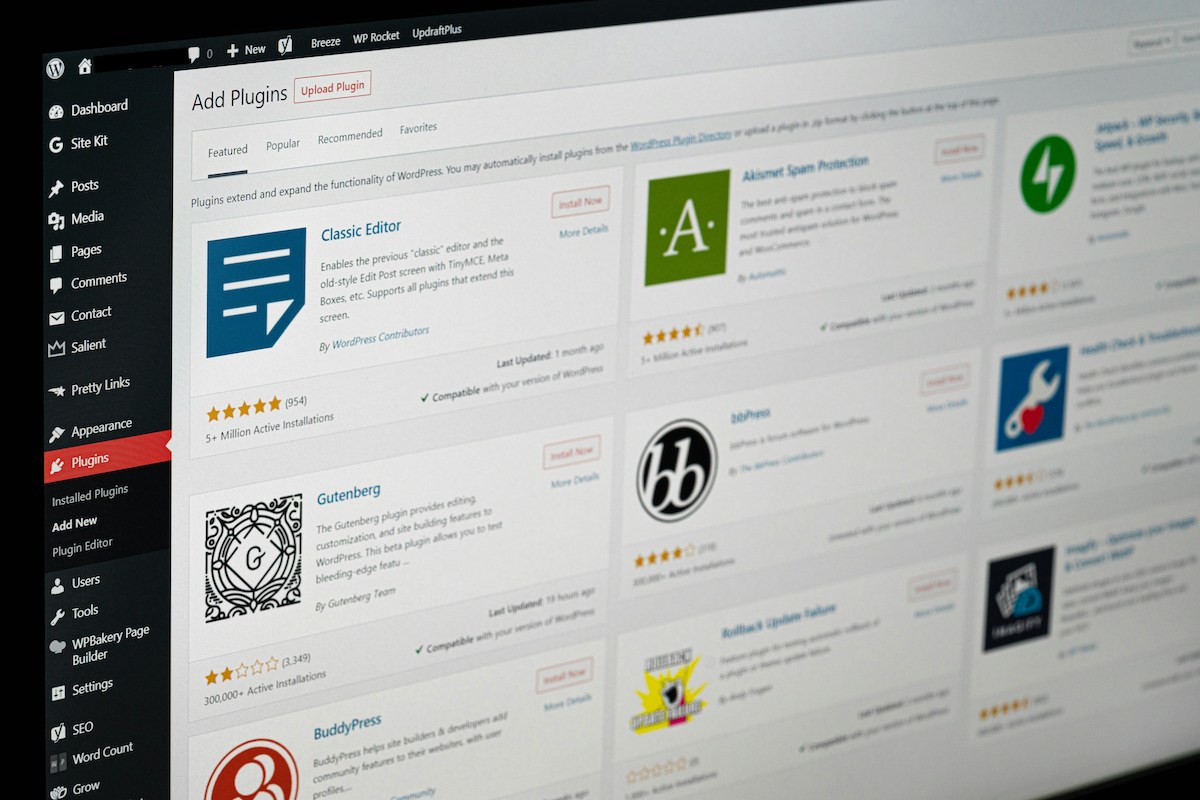
What to Do If Fraud Happens
Even with the best tools in place, fraud can still occur. Here’s how to respond:
Document Everything
Keep order logs, emails, and shipping information organized in case you need to dispute a chargeback or investigate further.
Contact Your Payment Processor
If fraud is suspected, reach out to Stripe, PayPal, or your provider immediately to flag the transaction and take the appropriate steps.
Temporarily Disable Checkout (if needed)
In case of a large-scale bot attack or spike in fraud, you may need to temporarily disable checkout to prevent further harm.
Work With a Web Partner
At NDIC, we help clients assess and secure their WooCommerce stores—whether through plugin audits, hosting management, or setting up fraud detection layers.
How NDIC Can Help
At NDIC, we don’t just build WooCommerce sites—we maintain and protect them. Our managed WordPress hosting and WooCommerce development services include:
- Plugin and security audits
- Payment gateway optimization
- Real-time monitoring and backups
- Custom fraud prevention workflows
We help our clients stay proactive, not reactive, so fraud never derails their business goals.
Fraud prevention isn’t about locking down your WooCommerce store and creating barriers for genuine customers—it’s about building a smart, secure environment that protects everyone involved. With the right setup and effective support, you can reduce risk, respond quickly, and keep your store running smoothly.
Here is another article you can read about the the best security practices for your WooCommerce website.
Want to know how secure your store really is? Let’s take a look together.
Contact NDIC to schedule a WooCommerce security review.

